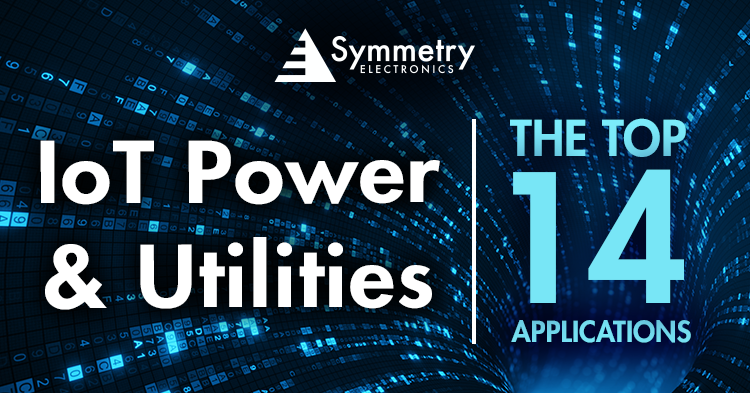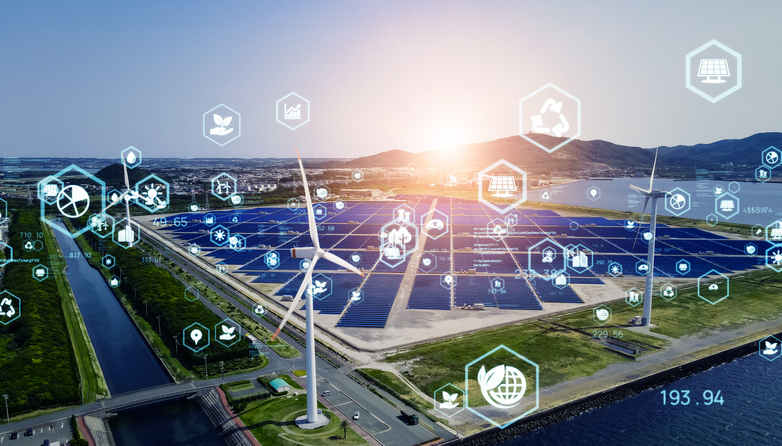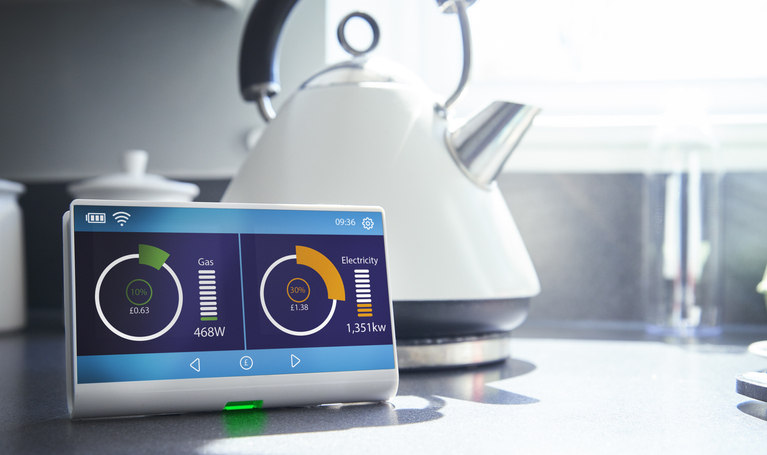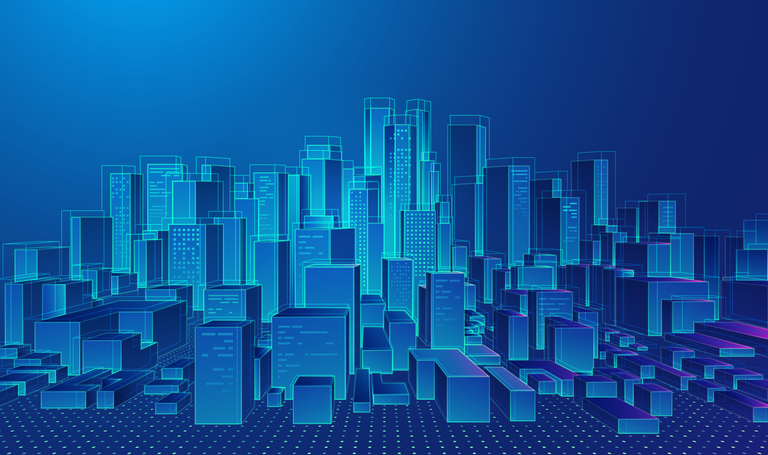- Home
- Symmetry Blog
- Top 14 Applications for IoT Power and Utilities
Top 14 Applications for IoT Power and Utilities
About Jari Haiston

Did you know that we are experiencing a global energy crisis? In a post-pandemic era and amidst escalated geopolitical tensions from the Russia-Ukraine War, the demand for energy is undergoing a transformative shift. Unlike the oil crisis of the 1970s, today’s energy shortage impacts all fossil fuels. And, with a global economy more interlinked than ever before, this is the planet’s first truly global energy crisis.
Despite the situation, demand for power and utilities surges. According to BusinessWire, the global utilities market is set to reach a staggering $8.31 Billion by 2027. Moreover, the increased demand for power has prompted expanded investments in renewable power generation. Amid heightened demand and evolving environmental consciousness, Internet of things (IoT) integration emerges as a beacon of innovation for the power and utilities sector. IoT doesn’t just align with the global push for sustainability, it offers the most effective pathway to navigate the intricate challenges posed by an ever-expanding energy landscape.
Top 14 IoT Applications in Power and Utilities
The imperative to revolutionize the power and utilities sector has never been more pronounced. The top 14 IoT power and utilities applications, outlined in Microsoft’s 2021 paper, IoT Signals, stand as a formidable arsenal in addressing current (and future) energy concerns. The top 14 IoT applications in the power and utilities sector include:
1. Smart Grid Automation
A smart grid, or grid ecosystem, facilitates the bi-directional transmission of data and electricity. Enabled by IoT technology, these grid ecosystems integrate data, electrical flow, and digital communications, providing transparent communication between electrical flow and data.

2. Grid Asset Maintenance
Smart grids boast inherent self-healing and anticipatory capabilities, offering utility companies predictive maintenance notifications for all parts of the ecosystem, including physical assets.
3. Remote Infrastructure Maintenance
While smart grids provide comprehensive asset maintenance, IoT also provides thorough remote monitoring of infrastructure for utility companies in general. IoT sensors and components can instantly notify headquarters of remote infrastructure updates.
4. Smart Metering
Smart meters track utility energy consumption through IoT technology. The most significant advantages of smart meter integration are their remote monitoring capabilities and that smart meters provide businesses with a means of tracking, monitoring, and adjusting their utilities usage.

5. Workplace Safety
According to Microsoft, 37% of power and utilities organizations adopt IoT for its workplace safety benefits. For example, connected systems can be implemented in workplace equipment for increased safety. For utility workers, this might surround including proximity sensors in cherry pickers to let workers know when they’re too close to live power lines or similar hazards.
6. Generation Optimization & Load Balancing
Electrical load balancing refers to how power stations can store excess power during downtimes to allocate as demand increases. IoT technology can not only assist utilities organizations with load balancing as well as how they generate power through increased insights and data.
7. Distributed Energy Resources (DER) Management
DERs, or microgrids, exist as subsets of larger power plants. DERs are capable of generating energy for their localities and can rely upon renewable energy resources. IoT implementation in DERs provide ideal methods of management.
8. Employee Safety
In addition to workplace safety, IoT integration can provide an essential means of increased employee safety. For example, IoT components can ensure that equipment is only run by authorized users.
9. Emissions Monitoring & Reduction
Through the deployment of advanced sensors, IoT devices are game changers for organizations looking to not only monitor but actively and effectively minimize emissions.
10. Predictive Load Forecasting
Similar to load balancing, the increased data that IoT equipment offers utilities organizations can analyzed to provide predictive actionable insights that can be used to forecast when demand is at its highest.
11. Home or Building Energy Management
Power and utilities companies can use IoT to monitor, manage, and adjust where energy is being allocated in consumer homes and businesses.
12. Digital Twin Energy Infrastructure
Digital twin technology is revolutionizing smart cities everywhere. In the energy sector, digital twins can assist companies in planning, efficiency, and optimizing physical grid systems.

13. E-Mobility (Electric Vehicle) Charging Optimization & Vehicle-to-Grid
To pave the way for the full-scale adoption of electric vehicles (EVs) in America, the nation must address the infrastructure needs for large-scale operation. This includes the essential requirement for a robust vehicle-to-grid infrastructure. IoT technology emerges as the key solution, playing a pivotal role in supporting the infrastructure necessary for the widespread operation of EVs. By seamlessly integrating EV chargers into the grid, IoT technology not only facilitates the efficient charging of electric vehicles but also ensures the seamless incorporation of these vehicles into the broader energy grid infrastructure.
14. New Business Opportunities through E-Mobility
The burgeoning adoption of electric vehicles opens up new business opportunities in the power and utilities sector. Microsoft reports that 17% of power and utilities organizations are adopting IoT in search of these innovative opportunities.
Conclusion
In conclusion, as we confront the challenges posed by the current global energy crisis, it’s clear that the power and utilities sector stands at the precipice of transformative change. IoT integration in the utilities sector is a key catalyst for driving innovation and sustainability in the face of evolving energy challenges.
Interested in adopting IoT innovation for your power and utilities application? Consult with one of our knowledgeable Applications Engineers. Our Applications Engineers are experts in IoT, IIoT, and wireless solutions. Consultation is free and available throughout your design cycle. Contact Symmetry Electronics today!
